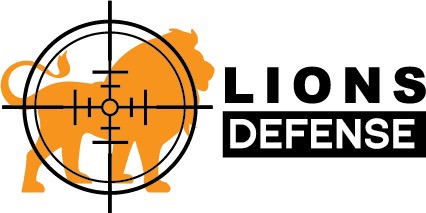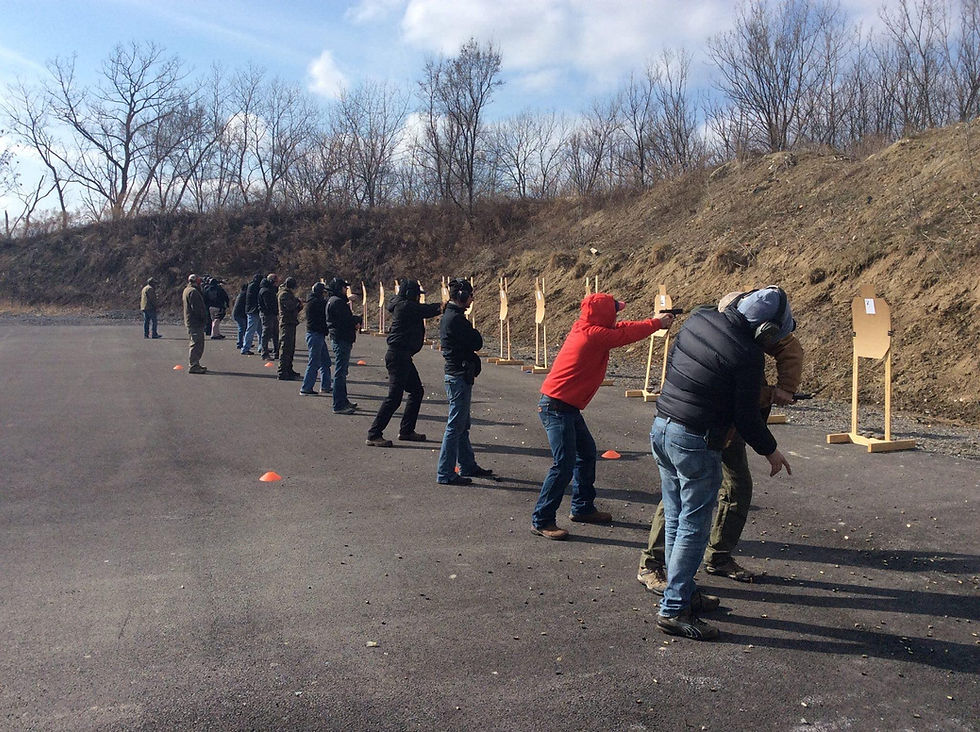Stay Prepared with a Defensive Pistol Course
- Lions Defense

- Sep 1
- 3 min read
In today’s world, personal safety is a priority for many. Knowing how to protect yourself effectively can make a significant difference in an emergency. One of the best ways to gain confidence and skills is through self-defense pistol training. This type of training equips you with the knowledge and practical experience needed to handle a firearm responsibly and efficiently in a defensive situation.
Why Self-Defense Pistol Training Matters
Self-defense pistol training is not just about learning to shoot. It’s about understanding the responsibilities that come with carrying a firearm and being prepared to use it if necessary. Proper training helps you:
Develop safe handling habits to prevent accidents.
Improve accuracy and control under stress.
Understand legal and ethical considerations of self-defense.
Build confidence in your ability to protect yourself and loved ones.
For example, many people assume that owning a pistol is enough, but without training, they may freeze or make mistakes during a critical moment. Training prepares you mentally and physically to respond quickly and effectively.

Key Components of Self-Defense Pistol Training
A comprehensive self-defense pistol course covers several essential areas:
1. Firearm Safety and Handling
Safety is the foundation of all firearm training. You will learn how to:
Treat every firearm as if it is loaded at all times
Keep your finger off the trigger until your sights are aligned and you are ready to shoot.
Do not point your firearm at anything you are not willing to destroy
Know your target, what's beyond, left/right and the foreground.
2. Marksmanship Fundamentals
Accuracy is critical in self-defense. Training focuses on:
Proper stance and grip.
Sight alignment and sight picture.
Trigger control
Follow-through.
3. Defensive Shooting Techniques
Self-defense situations are unpredictable. You will practice:
Drawing your pistol quickly and safely.
Shooting while moving or using cover.
Engaging multiple targets.
Reloading under pressure.
4. Scenario-Based Training
Realistic scenarios help you apply skills in a controlled environment. These may include:
Home defense simulations.
Confrontations in low light or confined spaces.
Decision-making drills to assess when to shoot.
This hands-on approach builds muscle memory and mental readiness.

How to Choose the Right Defensive Pistol Course
Selecting the right course is crucial for effective learning. Consider these factors:
Instructor Credentials: Look for certified instructors with law enforcement or military experience.
Course Content: Ensure the curriculum covers safety, marksmanship, and defensive tactics.
Facilities and Equipment: Modern ranges with quality targets and training aids enhance learning.
Reviews and Reputation: Check feedback from previous students.
For those interested in a well-structured program, the defensive pistol course offered by Lions Defense provides expert training tailored to all skill levels.
Benefits Beyond Personal Protection
Self-defense pistol training offers advantages that extend beyond immediate safety:
Improved Focus and Discipline: Training requires concentration and practice, which can enhance other areas of life.
Stress Management: Learning to stay calm under pressure is a valuable skill.
Community and Support: Joining a training group connects you with like-minded individuals.
Legal Awareness: Understanding your rights and responsibilities helps avoid legal pitfalls.
These benefits contribute to overall confidence and peace of mind.

Tips for Maximizing Your Training Experience
To get the most out of your self-defense pistol training, keep these tips in mind:
Practice Regularly: Skills fade without practice. Schedule regular range time.
Stay Physically Fit: Strength and agility improve your ability to handle a firearm.
Review Legal Guidelines: Know the laws in your area regarding firearm use and self-defense.
Invest in Quality Gear: Comfortable holsters, eye and ear protection, and reliable pistols make training safer and more effective.
Ask Questions: Don’t hesitate to seek clarification from your instructor.
By committing to ongoing learning and practice, you ensure your preparedness remains sharp.
Taking the Next Step in Personal Safety
Self-defense pistol training is a proactive step toward protecting yourself and your family. It empowers you with the skills and mindset needed to respond confidently in dangerous situations. Whether you are a beginner or looking to improve your abilities, investing in quality training is essential.
Explore available options and consider enrolling in a defensive pistol course to start your journey toward greater safety and confidence today. Your preparedness could make all the difference when it matters most.





Comments